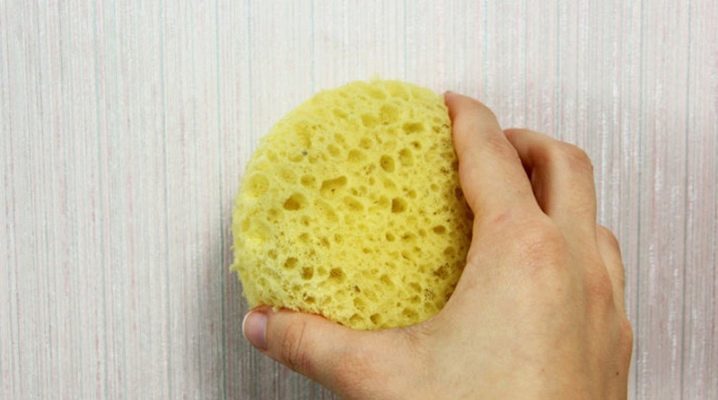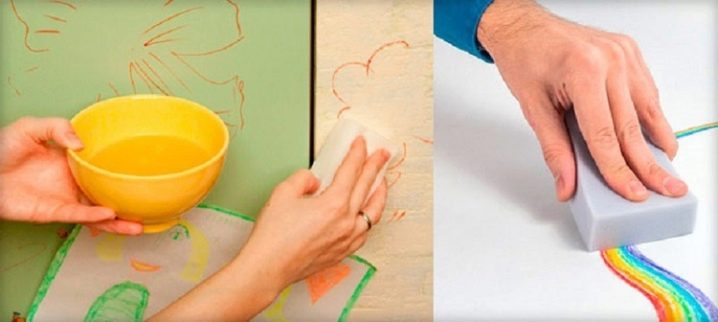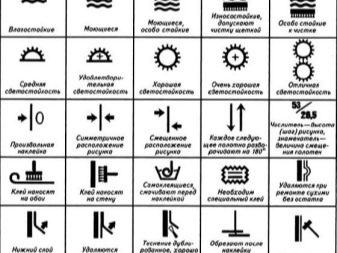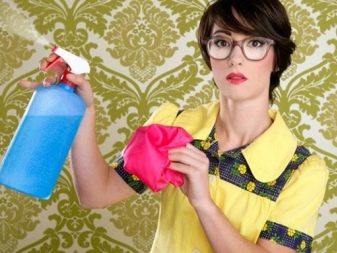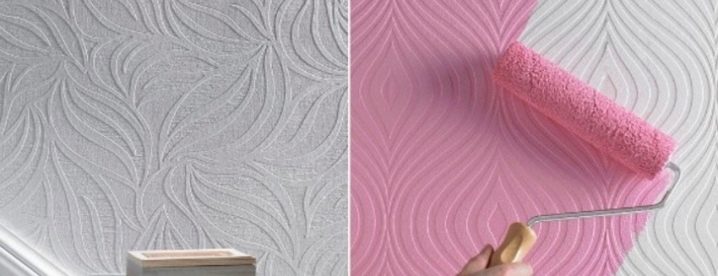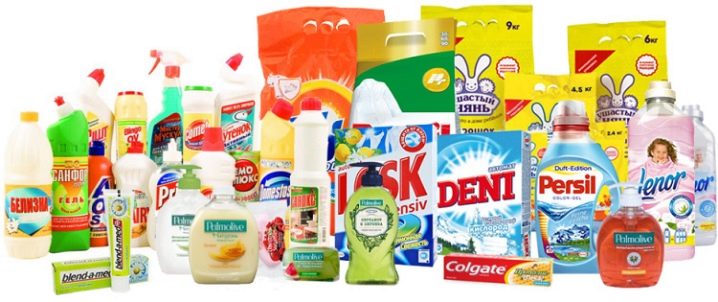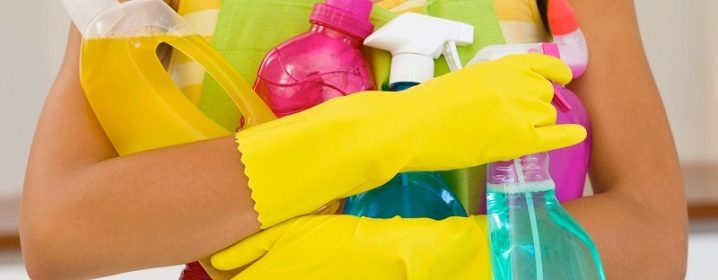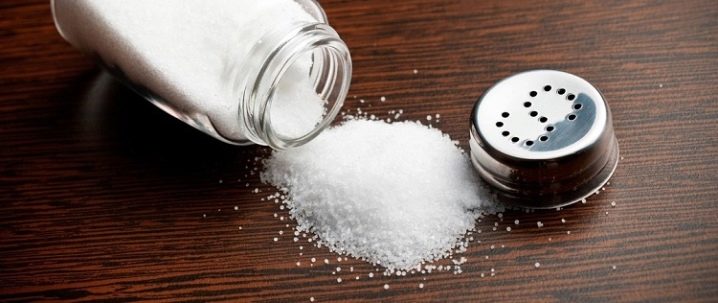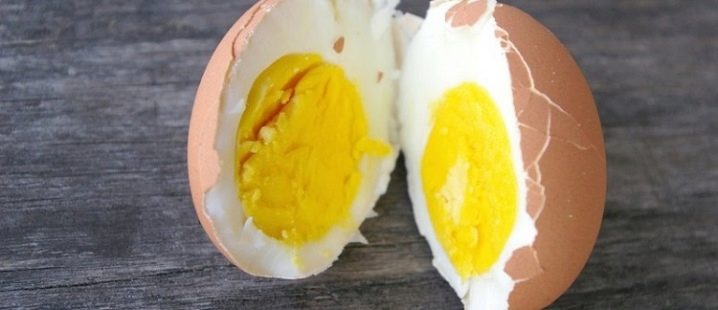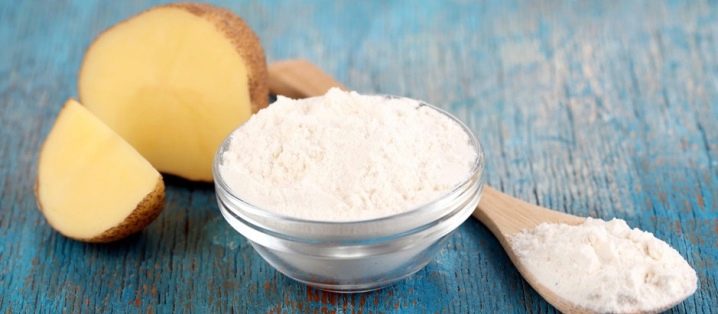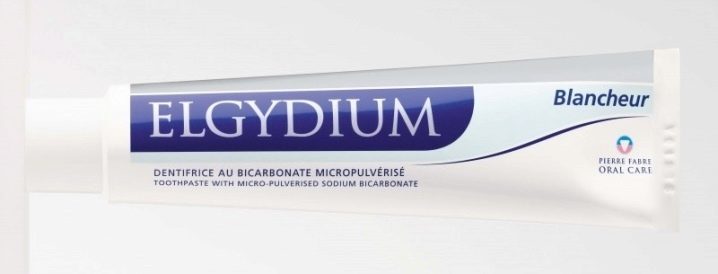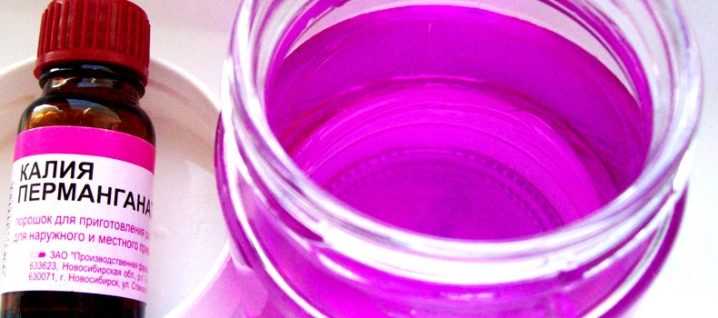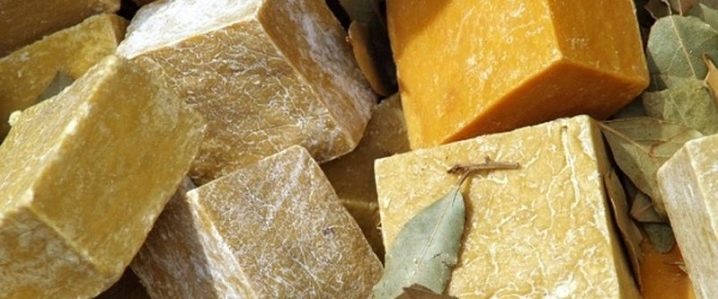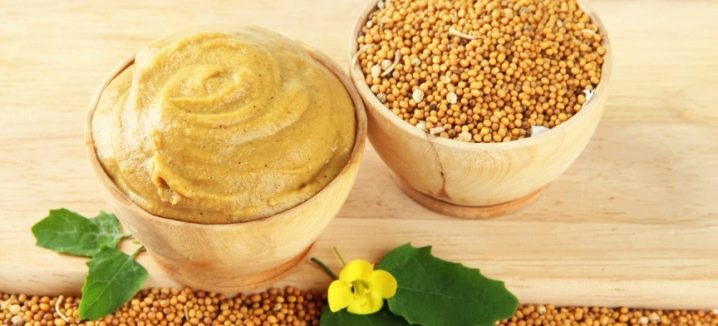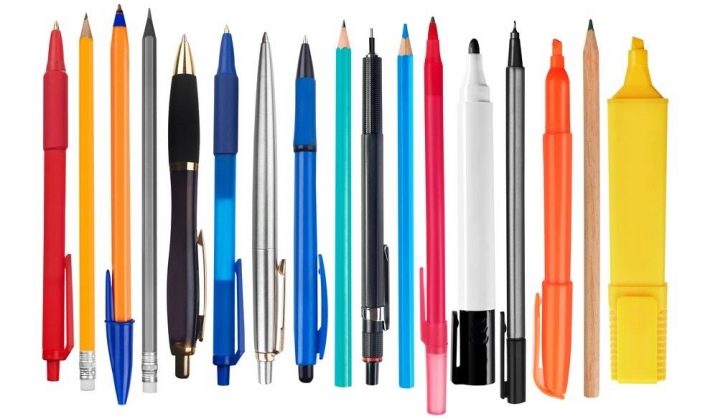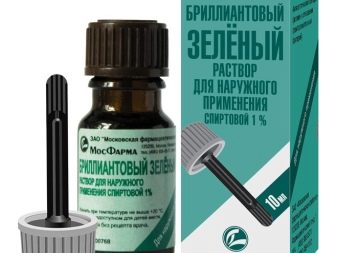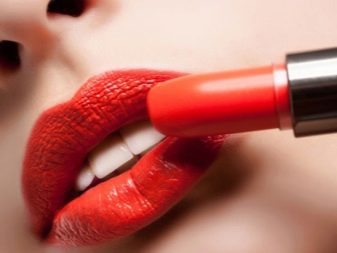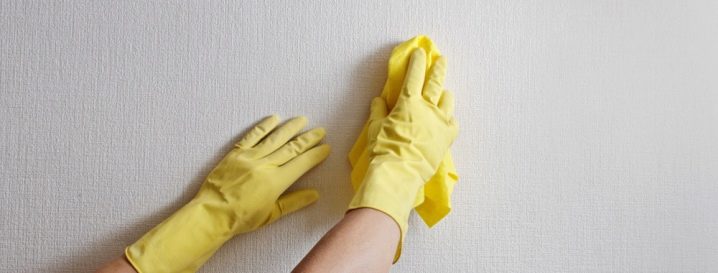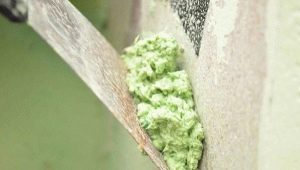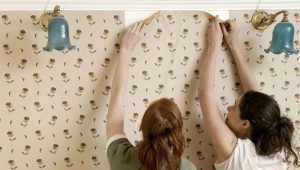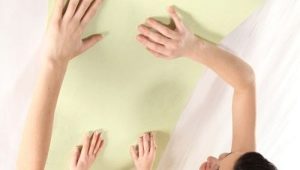Remove traces of the handle and other dirt from the wallpaper.
Fresh repairs are always pleasing to the eye, but time passes, and coatings wear out, tear, and get dirty. If your family has children or pets, then the risk of stains on the wallpaper increases many times. But the wallpaper - not clothes, they can not be washed. In this article we will look at how you can deal with this problem at home.
What are the pollution?
Putting a stain on the wallpaper is not so difficult. But to bring him, of course, problematic. Moreover, various types of pollution require special approaches and tools. A small child sharpens his creative skills on the wallpaper, leaving traces of watercolor paints and gouaches, crayons and pencils, markers and markers.
Paste from a ballpoint pen that accidentally got into children's hands can also become a headache. In the hallway, in the presence of children's transport, street dirt on the walls is guaranteed, traces of shoes can also remain.
The most polluted place in the apartment is the kitchen.Oil stains and grease can easily get onto the walls when cooking. Spilled tea, juices and alcohol can leave an ugly mark on the wall covering.
Another type of surface contaminant is wallpaper glue residue. They may be immediately invisible, but over time will collect dust or zalosnitsya in the light.
Fingerprints are clearly visible on bright wallpaper. Various impurities can be transmitted with hands - from food to sebum and other components.
How to wash?
First you need to figure out whether all the wallpaper can be washed. There is a certain category of cloths - washable wallpaper. This is a modern achievement in the construction industry. Not so long ago, we could not even think that the pasted-in wall can be washed with a sponge or even a brush with a soap solution. And in the case of the appearance of stains, it is very convenient.
Washable coverings have a labeling system with symbols that manufacturers indicate on labels:
- one wave. This is a water resistant wallpaper category. They can be wiped with a damp cloth without the use of any means.
- two waves. This wallpaper can be washed using a sponge and mild soap solutions.
- three waves.Such coatings withstand prolonged exposure to water.
- one wave, strip and scallop. This type of cloth can withstand wet cleaning with a brush and a washing vacuum cleaner.
- three waves, strip and scallop. This wallpaper will withstand any onslaught. Even if you rub them with a soaped brush or powder.
Basically, the markings are affixed in the case of vinyl wallpaper. These coatings are gaining popularity around the world due to their multi-layer structure and various surface treatments. They are produced with imitation under the skin, concrete, wood, plaster, with flowers and monograms, leaves and stripes.
Non-woven wallpaper mainly taken for painting. And here you need to look at the type of coating, which they painted. Water paint can not be washed. If water enters, they will be erased. The same goes for glass fiber.
Natural wallpaper, as well as textile, can not be washed. Paper canvases are the thinnest and most fragile, in this case only dry processing is possible.
All means that can be used without professionals and at home can be divided into three groups:
- household chemicals.These are all the solutions and mixtures that you buy in the house for the purpose of cleaning various surfaces and washing clothes. To remove stains from the wallpaper may require soap, shaving foam, dishwashing detergent, bleach. This group also includes beauty chemicals - hair spray and toothpaste. Modern stain removers such as Vanish, Domestos or Amway are widely commercially available and remove a variety of types of stains.
- kitchen tools. What we use in the preparation of food can also cope with the function of the stain remover. Oxalic acid, acetic acid and citric acid, salt, chicken eggs and even bread cope with some types of pollution. Lemon juice can also help in removing blemishes.
- strong chemicals. Such means may not be available to every person in the house, but they cope with various contaminants. The most common of them - gasoline. Denatured alcohol, mixtures with hydrochloric acid and ammonia should be used with caution.
How can I erase quickly?
To wipe the stains from the wallpaper without any difficulty and without a trace, you need to determine what kind of pollution in front of us.
Ink traces
This is one of the most common types of damage to wall coverings. You can enthusiastically solve crossword puzzles or work in your home office and not notice how the treacherous stroke appears on the wallpaper pattern. And if a small resident stumbles upon such an unexpected gift as a pen, then the threat will become anomalous.
Consider how you can effectively deal with this type of pollution:
- Salt is a product that is absolutely in any home. To prepare the solution to remove traces from the handle with its help is quite simple: dissolve a tablespoon of the product in 200 ml of water. Apply the mixture with a cotton swab or tampon onto the problem area. The stain should disappear.
- Dishwashing liquid can also be tried. 1.5-2 tsp means dissolve in 2/3 cup of water and process the stain. Let the area dry.
- If you decide to use the radical method, try to resort to acids. Mix a bag of citric and oxalic acid and a half glass of water. Apply the resulting solution to the place of contamination with a sponge or cotton pad.
- If you are not afraid of experiments, you can combine the two ingredients that are available in homes since Soviet times: vinegar and potassium permanganate.Dilute the manganese powder with 70% vinegar so that the solution becomes saturated purple. Mix the mixture with a sponge or brush.
- Another tip from the time of our grandmothers is to boil an egg and attach a half slice to the place of pollution. After such a 5-minute "compress" pollution will go.
- Lemon juice, squeezed from the fruit on a cotton swab, will help destroy the ink trail in seconds.
- A not quite standard way of treating various coatings is exposure to preheated milk. Apply it to a cotton swab and moisten the area requiring cleaning. It will start to lighten, and after a while the dirt will disappear.
- Starch is on hand at many home cookers. It is necessary to mix it with water to a mushy state. Apply gruel to the surface of the wallpaper and let it dry. Remove residues carefully with a cloth or sponge.
- Mechanical action without the use of liquid can also affect pollution:
- Carefully wipe the dirt off with a regular office eraser. With too thin wallpaper, this method is best not to apply.
- As a natural eraser, you can use fresh bread.Take a small piece, tamp it and wash the stain until it completely disappears.
- Heating the iron will help get rid of ink stains. You need to iron with a warm instrument through a white sheet of paper. Contamination should be absorbed into the leaflet.
If you have light monophonic wallpaper stuck in your room, you can remove the pollution from them in two more ways:
- Use shaving foam. Apply it to the stain, leave it to dry for a while and remove the residue with a cloth.
- Bleach for fabrics is useful for wallcoverings. Dilute 30 ml of the product in a glass of warm water and apply to the surface with a cloth or cotton swab. Wait for the natural drying area.
- A successful method can be the use of whitening toothpaste. The composition is distributed over the contaminated surface. You need to let it work for a while and then remove it with a damp, clean sponge.
Handles are different. The above methods can remove traces from a ballpoint pen. Ink does not have time to enter deep into the canvas. But ink pens can cause significant damage to repairs. Paint from gel and fountain pens eats deep into the fibers of the wallpaper.To remove their traces, in addition to these methods, you can try the following. This method is also useful potassium permanganate.
Dissolve it in water to the consistency of the paste. Apply with a brush to the dirt. Then you need to use a cotton swab containing hydrogen peroxide. There will be no trace of the stain.
Paper wallpaper can be cleaned only by dry methods. Thin base may be damaged by water. Aggressive friction and brushes are all the more contraindicated.
Vinyl coatings can withstand a variety of treatments. Here are some stain removal techniques:
- A cotton swab or clean cloth is moistened with a solution of denatured alcohol and the stains are treated. After that, give them dry.
- Laundry soap - one of the best helpers in the house. It allows you to cope with many types of pollution. Crush the soap with a grater and dissolve in water. Sponge clean the contaminated surface and wipe the stains. Let it dry.
- Female gender may resort to hairspray. It needs to be sprayed onto the problem area in a small amount and cleaned after some time with a clean cloth.
Ink from non-woven coatings that are not colored is difficult to clean. Cellulose fibers are quickly impregnated with ink, and they cannot be wetted much. You can try a fairly strong tool for removing dirt: mix hydrochloric acid with salt and dilute with water. After this process with a cotton swab dipped in a solution, lines on the walls. After drying the spots should disappear.
Textile wallpaper - luxurious and very expensive decorative materials for the walls. The ink from the pen penetrates deep into the fabric structure, so it is difficult to clean them.
Ballpoint pen can be removed with a mixture of glycerin and ethyl alcohol in equal parts. Use a cotton swab to clean the place of pollution and wait a little until the traces disappear.
Non-standard approach - the use of mustard. Apply it to the stain and wait until it dries. Then remove the residue with a damp cloth.
To remove traces of gel pens, a good remedy is vinegar. Cotton swabs need to promakivat in a heated solution and periodically changed. Traces of the handle on textile canvases are well displayed using a mixture of acetone and alcohol, taken in a 1: 1 ratio.It is necessary to slightly warm the solution and apply to the right place.
Other stains
Art materials, besides the pen, are also not always easy to remove. Markers are a disaster for any parent. They can try to bring alcohol wipes or hydrogen peroxide. The fluids are applied to the swab and the area is gently blotted without rubbing. Markers can also be removed by these methods.
Colored wax pencils with thick leads are very much loved by modern children. With vinyl and washable wallpaper, you can display them with nail polish remover. Paper wallpaper will be difficult to clear. A relatively new development - melamine sponge, can be a great solution in this case.
If after repair the wallpaper glue has appeared, then wipe the damaged area with a sponge with warm water. Clay should be removed by heating. Act on the stain with a hairdryer and wash with a napkin until the clay disappears completely.
A simple pencil will win the usual eraser. Just don't rub too hard.
Cooking grease in the kitchen can be cleaned with refined gasoline. It is necessary to saturate them with a cloth and apply for a couple of minutes to a dirty stain.Iron - the best assistant in the fight against greasy dirt. You need to iron the warm device through a thin napkin.
Zelenka from paper wallpaper can not be deleted. Vinyl and non-woven fabrics are affected by alcohol or hydrogen peroxide. The site dries up and pollution disappears.
Lipstick can also be on your walls. It can be processed gruel of vodka and starch. Allow to dry and wash off residues with a damp sponge.
Cork wallpaper due to its natural structure is capricious for abrasive products. But the usual cleaning solutions and wet wipes, you can safely wipe them. For heavy pollution, a special wallpaper paste is sold. And in absolutely hopeless cases, the stain is cut off and re-varnished.
Bleach, shaving foam and paste apply with care on bright and dark wall-paper. Their color may change. Wallpaper for painting - and non-woven and liquid, you can tint in those places that were contaminated. This is their charm.
Tips and tricks
We recommend to follow the following recommendations:
- Choose wallpaper that can be washed or cleaned with special tools if there is a risk of frequent contamination.
- A good choice - wallpaper for painting. In a hopeless situation, they can be repainted.
- Work with all corrosive substances in gloves.
- First, check any cleaning method on an inconspicuous part of the wall.
- Do not wet the surface too much. Even resistant coatings will lose their appeal over time.
- All stains are best removed while they are fresh.
- Carry out timely care for any kinds of canvases. Dust and dirt will not have time to accumulate and it will be very easy to cope with pollution.
See how the following video is very simple to clean wallpaper from.
